Looking to stay fit when icy roads and freezing temps make running or cycling a pain? Backcountry skiing might just be your answer. It’s an intense cardio workout, builds strength, and keeps things interesting during the winter months. Plus, lightweight gear like Snowfeet® makes it more accessible than ever.
Why it works:
- Cardio Boost: Climbing uphill mimics running or cycling intensity.
- Strength Gains: Works glutes, hamstrings, core, and stabilizing muscles.
- Balance & Coordination: Navigating snow improves reflexes and control.
- Mental Focus: Keeps you sharp with real-time decision-making in the wild.
Gear to try: Snowfeet® products, like Mini Ski Skates or PRO models, are compact, easy to use, and affordable compared to full ski setups. They’re perfect for runners and cyclists looking to cross-train without breaking the bank.
Safety first: Always carry avalanche gear, check snow conditions, and never head out alone.
Want to stay active and have fun in the snow? Backcountry skiing could be your new go-to winter workout. Let’s dig into how it can transform your training routine.
Physical Benefits of Backcountry Skiing for Endurance Athletes
Building Endurance and Heart Health
Backcountry skiing is a powerhouse workout for your cardiovascular system. Those uphill climbs? They push your heart rate into prime training zones, much like tempo runs or threshold cycling intervals. But here's the twist - it engages your body in entirely new ways by recruiting different muscle groups. Think of it as a fresh challenge for your endurance game.
This type of skiing naturally improves aerobic capacity and raises your lactate threshold - both crucial for better performance in running and cycling. And if you're using Snowfeet* gear, the benefits stack up even more. Why? Snowfeet* products are lightweight and nimble, making it easier to maintain higher heart rates without lugging around heavy equipment. For instance, the 38cm Mini Ski Skates (about 15 inches) are much lighter than a full backcountry setup. This allows you to focus on your workout rather than battling bulky gear, giving your heart and muscles the workout they deserve.
Strengthening Core Muscle Groups
Backcountry skiing isn’t just about endurance - it’s also a core and strength workout rolled into one. Uphill climbs target your glutes and hamstrings, which are the powerhouse muscles for generating running and cycling strength. Meanwhile, your core gets a serious workout because skiing demands constant adjustments to maintain balance. Unlike the steady posture of running or cycling, skiing keeps your stabilizing muscles firing, which improves posture and boosts power when you return to your main sport.
Your quads and calves also get in on the action, juggling between lengthening contractions during descents (to control speed and direction) and shortening contractions during climbs. This dynamic movement pattern helps prevent overuse injuries common in repetitive activities like running or cycling. Snowfeet* gear takes this a step further. Their shorter length, like the 44cm Skiskates (roughly 17 inches) or the 50cm Snowfeet* PRO (around 20 inches), forces your stabilizing muscles to work harder. This added precision strengthens your movement patterns, setting you up for success on all kinds of terrain.
Improving Balance and Coordination
Balance and coordination are where backcountry skiing truly shines. Unlike running or cycling, skiing constantly challenges you to read the terrain and adjust your weight distribution. This sharpens your proprioception - basically, your body’s ability to sense its position and movement in space.
Better proprioception translates to improved trail running and bike handling. Plus, the quick, varied movements required on snow build agility, making you a more well-rounded athlete. Snowfeet* products are a game-changer here. Their shorter design offers instant feedback, training your balance and coordination faster than traditional long skis. Many runners and cyclists notice improved stability and agility after just a few sessions with Snowfeet*. It’s like a shortcut to better cross-training, helping you stay sharp and ready for your primary sport during the off-season.
How to Add Snowfeet* to Your Training Routine
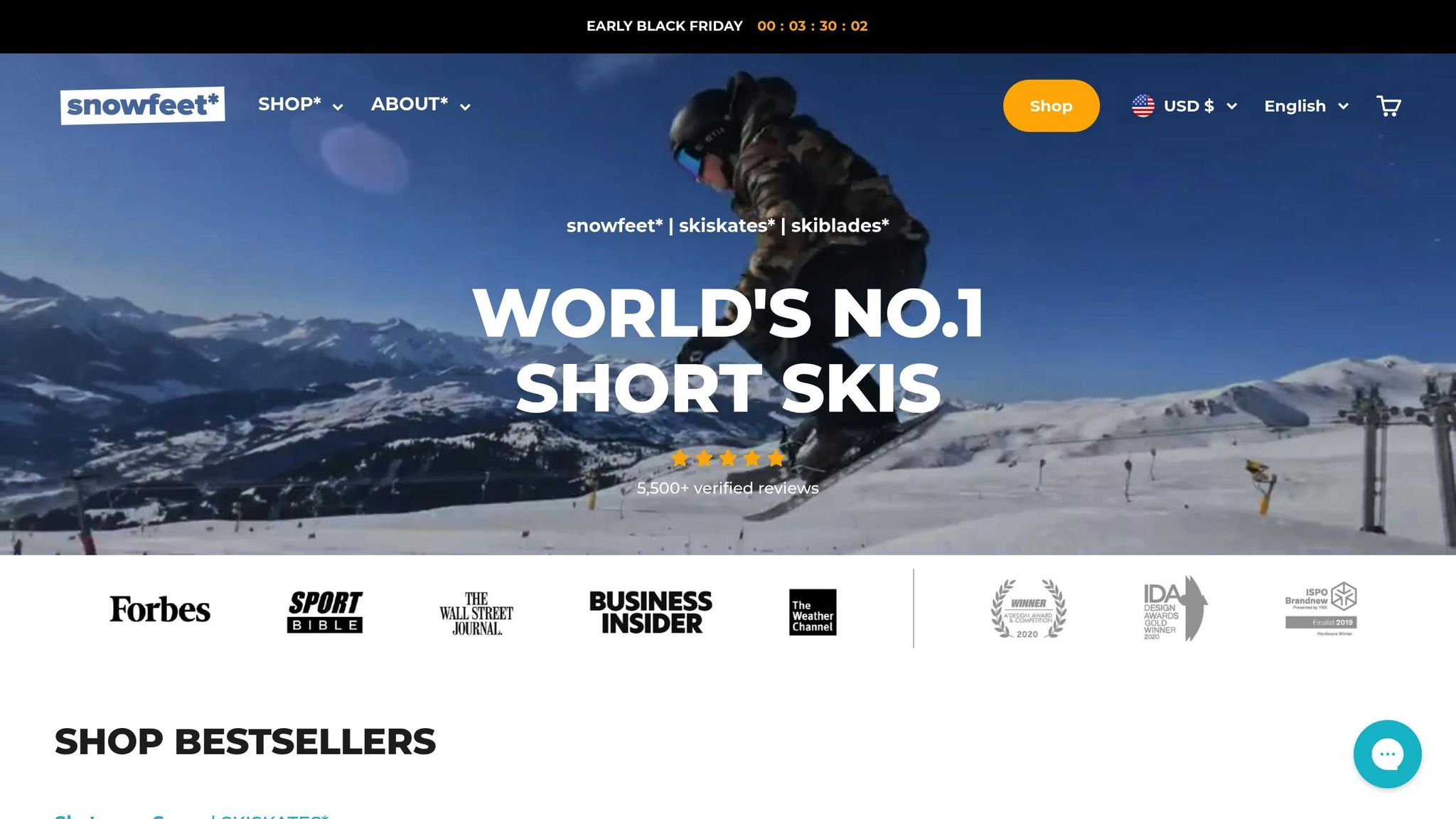
Sample Weekly Cross-Training Plan
Adding Snowfeet* sessions to your weekly routine can be a game-changer. The trick is to swap out one of your regular workouts for a ski session that works similar muscle groups and energy systems.
For runners, consider replacing one of your easy runs with a 60–90 minute Snowfeet touring session. This keeps your aerobic fitness in check while giving your legs a break from repetitive pounding. Cyclists, on the other hand, could trade a weekend endurance ride for a backcountry skiing session. Using Snowfeet* POWDER (99 cm) or Skiblades (99 cm) for longer tours can mirror the intensity and duration of your usual rides.
Here’s an example of how your week might look:
- Monday – Rest or light yoga
- Tuesday – Tempo run or bike intervals
- Wednesday – Snowfeet* skills session (45–60 minutes, focusing on technique)
- Thursday – Easy run or recovery ride
- Friday – Rest
- Saturday – Long Snowfeet* backcountry tour (2–4 hours)
- Sunday – Easy run or bike ride
One of the perks of Snowfeet* gear is how quick and easy it is to use. For instance, Snowfeet* Mini Ski Skates (38 cm) can get you on the snow in under five minutes. This makes it simple to squeeze in shorter sessions, even on your busiest days.
Next, let’s talk about adapting your skills for ski-based training.
Moving from Running or Cycling to Ski-Based Training
Once your weekly plan is sorted, it’s time to shift gears - literally. Transitioning from running or cycling to skiing takes a bit of practice, but your existing fitness gives you a solid foundation. Start on flat terrain for your first few sessions. Snowfeet* Mini Ski Skates are a great choice here because their shorter length makes balancing and weight shifts easier to manage.
Spend your initial 20–30 minutes just getting used to the glide. Don’t stress about speed or perfect form - just focus on steady movement and how your body adapts. Runners might find it odd to lose that constant ground contact, while cyclists may overthink steering. Each sport builds different movement skills, so be patient as you adjust.
By the second or third week, you can start tackling gentle uphill climbs. Look for slopes with a 5–8% grade - something that feels like a light jog. The Snowfeet* PRO (50 cm) is a solid option here, offering added stability as you build confidence on inclines.
By week four, you’ll likely be ready for more variety. Try mixing in longer sessions and more challenging terrain. As your balance and control improve, you can gradually increase the intensity or technical difficulty of your skiing - just like you’d do for running or cycling training.
Safety and Gear for Backcountry Skiing
Backcountry skiing with Snowfeet* is thrilling, but it comes with serious safety responsibilities. Avalanche risks are real, so every member of your group should carry essential safety gear: a beacon, shovel, and probe. Take the time to get avalanche training, such as an AIARE 1 course, to learn how to assess terrain, evaluate snow conditions, and make safer decisions.
Here’s a sobering fact: North America sees 20–40 avalanche fatalities annually, with only a 30% survival rate for those buried. Even more concerning, 90% of these incidents are triggered by the victims’ own group.
Never ski alone. Always travel with partners who know how to use rescue equipment, and regularly practice beacon searches as a team.
When it comes to gear, layering is your best friend. Start with a moisture-wicking base layer, add an insulating mid-layer, and finish with a waterproof hardshell jacket. Pair this with ski pants or bibs and insulated, waterproof gloves. One great thing about Snowfeet*? You can use them with regular winter boots - just make sure they’re warm and waterproof.
Sun protection is also a must. Snow reflects UV rays, so don’t forget sunscreen, SPF lip balm, and goggles or sunglasses to prevent snow blindness. Pack these essentials in your ski backpack:
- Extra food and insulated water
- A headlamp and extra batteries
- A first aid kit
- A map, GPS, and whistle
- A multi-tool and emergency blanket
Before heading out, check the avalanche bulletin and weather forecast. Share your route and expected return time with someone you trust. If you’re in the U.S., download the free Backcountry SOS app - it lets you send precise GPS coordinates in emergencies. Stay flexible with your plans and be ready to turn back if conditions worsen or anyone in your group feels uneasy.
Ski Mountaineering | Skimo Crosstraining For Cyclists In The Winter
sbb-itb-17ade95
Snowfeet* vs. Long Skis and Snowboards
When runners and cyclists think about winter cross-training, long skis and snowboards often come to mind. But let’s face it - traditional skis and snowboards aren’t exactly practical when it comes to off-season training. Snowfeet* products, on the other hand, stand out for their portability, ease of use, and versatility. Here’s a quick breakdown to show how they compare.
Comparison Table: Snowfeet* vs. Long Skis and Snowboards
| Feature | Snowfeet* Products | Traditional Long Skis | Snowboards |
|---|---|---|---|
| Weight | Ultra-light, easy to carry | Heavier and bulkier | Substantially heavy, limits portability |
| Length | Compact and short | Long, designed for speed | Standard board length |
| Portability | Fits in a backpack or small space | Requires specialized carriers or racks | Needs dedicated storage solutions |
| Learning Curve | Quick and easy to pick up | Often requires professional lessons | Challenging for beginners |
| Boot Compatibility | Works with common winter footwear | Requires specialized ski boots | Needs snowboard-specific boots |
| Setup Time | Fast and hassle-free | Time-intensive setup | Moderate setup effort |
| Price | Budget-friendly training option | Higher costs with additional gear | Generally more expensive |
| Terrain Flexibility | Works on trails, slopes, backyards | Best for groomed resort slopes | Suited mainly for resorts |
| Storage Space | Compact, easy to store | Takes up significant space | Moderate storage needs |
Why Snowfeet* Is a Game-Changer for Cross-Training
Snowfeet* products shine because they make winter cross-training simple and accessible. Unlike traditional skis that demand specialized boots, bindings, and adjustments, Snowfeet* works with regular winter footwear. This means you can transition from running or cycling to winter training in no time - no extra prep needed.
Their lightweight design makes them a breeze to carry, whether you’re heading to a trail or venturing into the backcountry. Plus, you don’t need to spend hours mastering tricky techniques. Snowfeet* is intuitive, so you can focus on your workout instead of struggling to learn complicated moves.
What’s more, Snowfeet* adapts to all kinds of terrains. Whether you're gliding on trails, tackling gentle slopes, or even just having fun in your snowy backyard, they fit into your routine seamlessly. For athletes, especially runners and cyclists, efficiency and convenience are key - and Snowfeet* delivers both.
The Downsides of Long Skis and Snowboards
Now, let’s talk about the challenges with traditional gear. Long skis and snowboards might be great for competitive skiing or snowboarding, but they’re not ideal for fitness-focused training. First, there’s the hassle of transporting bulky equipment. If you drive a compact car, you’ll probably need roof racks or carriers, which adds to the inconvenience.
Cost is another big factor. A complete setup for skis or snowboards - boots, bindings, and accessories - can get pricey. Then there’s the steep learning curve. Skills like edge control, weight shifting, and precision turning take time to master. For someone just trying to stay fit in the winter, this can feel like a lot of extra effort.
Snowfeet* avoids these issues entirely. They’re lightweight, easy to use, and don’t require a big investment of time or money. For runners and cyclists looking to keep their training on track through the winter, Snowfeet* is a smart, practical choice over traditional long skis and snowboards.
Choosing the Right Snowfeet* Model for Your Goals
Finding the right Snowfeet* model depends on what you want to achieve. Whether you're a seasoned athlete or just looking for a fun way to stay active in winter, each model is designed to suit different needs and experience levels. Let’s break it down so you can pick the perfect fit for your winter training routine.
Snowfeet* Product Options
Here’s a quick rundown of the options:
- Mini Ski Skates (38 cm, $250): Compact, lightweight, and easy to carry in a backpack.
- Snowfeet PRO (50 cm, $275): Offers stability with adjustable bindings and comes in multiple colors.
- Skiskates (44 cm, $575): Built with a wood core for better responsiveness on slopes.
- Skiblades (65 cm, $635): Great for carving and snowpark fun.
- 99 cm Skiblades and Snowfeet POWDER (both $675): Designed for backcountry and powder conditions.
- Short Skis (120 cm, $775): A versatile option for longer distances and challenging terrain.
Each model has its strengths. For example, Mini Ski Skates are ideal for runners sticking to cardio routines on snowy trails, while Snowfeet PRO offers cyclists a stable platform for snow-based training. Skiskates, with their wood core, are perfect for slope enthusiasts, and Skiblades excel in snowparks. If you’re venturing into powder or backcountry adventures, the POWDER and Short Skis models are your go-to options.
Matching Snowfeet* Models to Training Goals
Let’s match the gear to your goals:
- For endurance runners: Mini Ski Skates or Snowfeet PRO are excellent for keeping up cardio workouts while building leg strength against snow resistance.
- For cyclists: The 65 cm or 99 cm Skiblades are your best bet. Their longer length challenges your balance and core, which complements cycling’s forward motion.
- For agility and balance training: Skiskates are ideal. Their responsive wood core construction sharpens reflexes and proprioception, boosting performance for both runners and cyclists.
- For backcountry explorers: The POWDER or Short Skis models are designed to handle tough, varied snow conditions and longer distances, making them perfect for extended winter adventures.
Using Snowfeet* with Your Current Gear
One of the best things about Snowfeet* is that they work with your existing winter gear. No need to splurge on expensive ski boots (which can run $200-500). Just grab your insulated hiking boots or winter running shoes, and you’re good to go.
Got snowboard boots? They pair nicely with Snowfeet*, offering extra ankle support for more intense training. Models like the Snowfeet PRO feature adjustable bindings, so you can easily share them with friends or training partners.
As for clothing, standard winter gear - like waterproof pants, insulated jackets, and moisture-wicking layers - will keep you comfortable. Plus, the lightweight design of Snowfeet* means you don’t need roof racks or bulky carriers. Most models fit right into a gym bag or car trunk, making them as easy to transport as your running shoes or cycling gear.
With the right model and setup, Snowfeet* can take your winter training to the next level.
Start Backcountry Skiing with Snowfeet* This Winter
Winter doesn’t have to mean hitting pause on your training. Snowfeet* products make it easy for runners and cyclists to stay active while diving into a new winter adventure. With minimal setup and an easy learning curve, Snowfeet* lets you jump into winter cross-training right away. It’s a simple way to keep moving and explore snowy trails without overcomplicating things.
The beauty of Snowfeet* is in its simplicity. You can use your regular winter boots - no need to spend extra on specialized gear. Whether it’s a snow-covered trail, a quiet forest path, or even your neighborhood park, Snowfeet* opens up a whole new world of winter workouts.
For athletes, this isn’t just about having fun in the snow. Cyclists can benefit from improved balance and core strength, which directly translate to better bike handling and stability. Runners, on the other hand, get the added perk of low-impact training, helping to build strength without putting extra stress on the joints.
Another huge plus? Snowfeet* is incredibly portable. Most models are small enough to toss in your gym bag or keep in your car, making them perfect for a spontaneous session after work or a weekend getaway. Forget bulky roof racks or complicated storage - these are designed to fit seamlessly into your life.
And when it comes to price, Snowfeet* keeps things affordable without skimping on functionality. Starting at $250, you can choose from options like the compact 38 cm Mini Ski Skates for quick cardio or the 120 cm Short Skis for extended backcountry treks. Both are lightweight, versatile, and ready to tackle a variety of terrains, keeping your workouts fresh and engaging all winter.
Don’t let the cold months slow you down. With Snowfeet*, winter becomes an opportunity to build strength, improve balance, and enjoy the season to its fullest. Stay active, stay strong, and get ready to hit spring in peak form.
FAQs
How can backcountry skiing with Snowfeet* help runners and cyclists improve their performance?
Backcountry skiing with Snowfeet* is an awesome way for runners and cyclists to keep their edge during winter. It’s not just about gliding through snow - it’s a workout that boosts endurance, strength, and agility, all of which are key for performing well in both sports. Plus, it targets powerhouse muscles like your quads, hamstrings, glutes, and core, while giving your cardiovascular system a solid workout.
Snowfeet* products, like the WALKSKI Backcountry Touring Skis, are designed to be lightweight and easy to carry, making them ideal for quick cross-training sessions. And here’s the kicker: skiing is low-impact, which means it’s easier on your joints compared to the pounding they take during running or cycling. By adding Snowfeet* to your winter routine, you’ll stay active, build strength, and keep your fitness levels up - even when the roads and trails are covered in snow.
What safety tips should I follow when using Snowfeet* for backcountry skiing?
When you're heading out for backcountry skiing with Snowfeet*, safety has to come first. Always pack the essentials: a beacon, shovel, and probe. These are non-negotiable tools that could save lives in an emergency. If you haven’t already, consider taking an avalanche safety course - it’s a game-changer for understanding how to evaluate risks and stay safe in unpredictable terrain.
Before you hit the slopes, check the weather and avalanche forecasts. If the avalanche risk is high, it’s best to steer clear of those areas altogether. Snowfeet* gear is lightweight and portable, making it ideal for backcountry trips. But no matter how convenient your gear is, preparation and caution are what truly ensure a safe and enjoyable adventure.
How can I choose the best Snowfeet* model for my training goals and experience level?
Choosing the right Snowfeet* model comes down to what you’re aiming for, your experience level, and where you’ll be adventuring. If you’re a runner or cyclist looking to keep your training going through the winter, the _Snowfeet WALKSKI Backcountry Touring Skis (100 cm)_* could be just what you need. Their short length and lightweight build make them super easy to handle - great for boosting endurance and agility.
For beginners dipping their toes into backcountry skiing, models like Snowfeet* skiskates are a solid choice. They’re compact, easy to carry, and designed with stability in mind. On the other hand, if you’ve got more experience under your belt, advanced models provide better control and are perfect for tackling steeper, trickier terrain. What sets Snowfeet* apart from traditional skis or snowboards? They’re lighter, more affordable, and ideal for anyone who wants a practical way to stay active and train during the off-season.







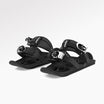
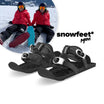
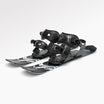
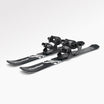

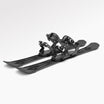

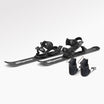








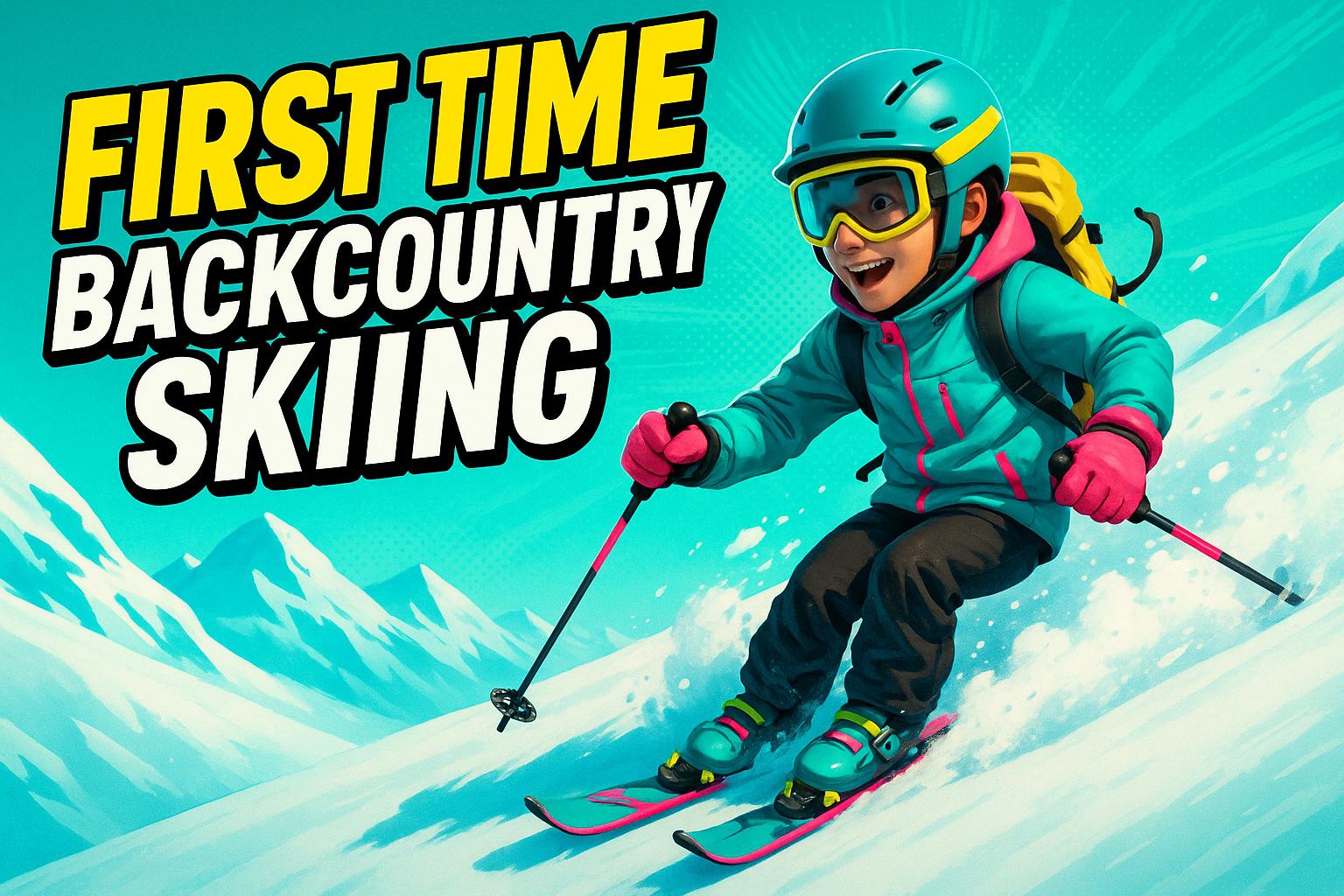




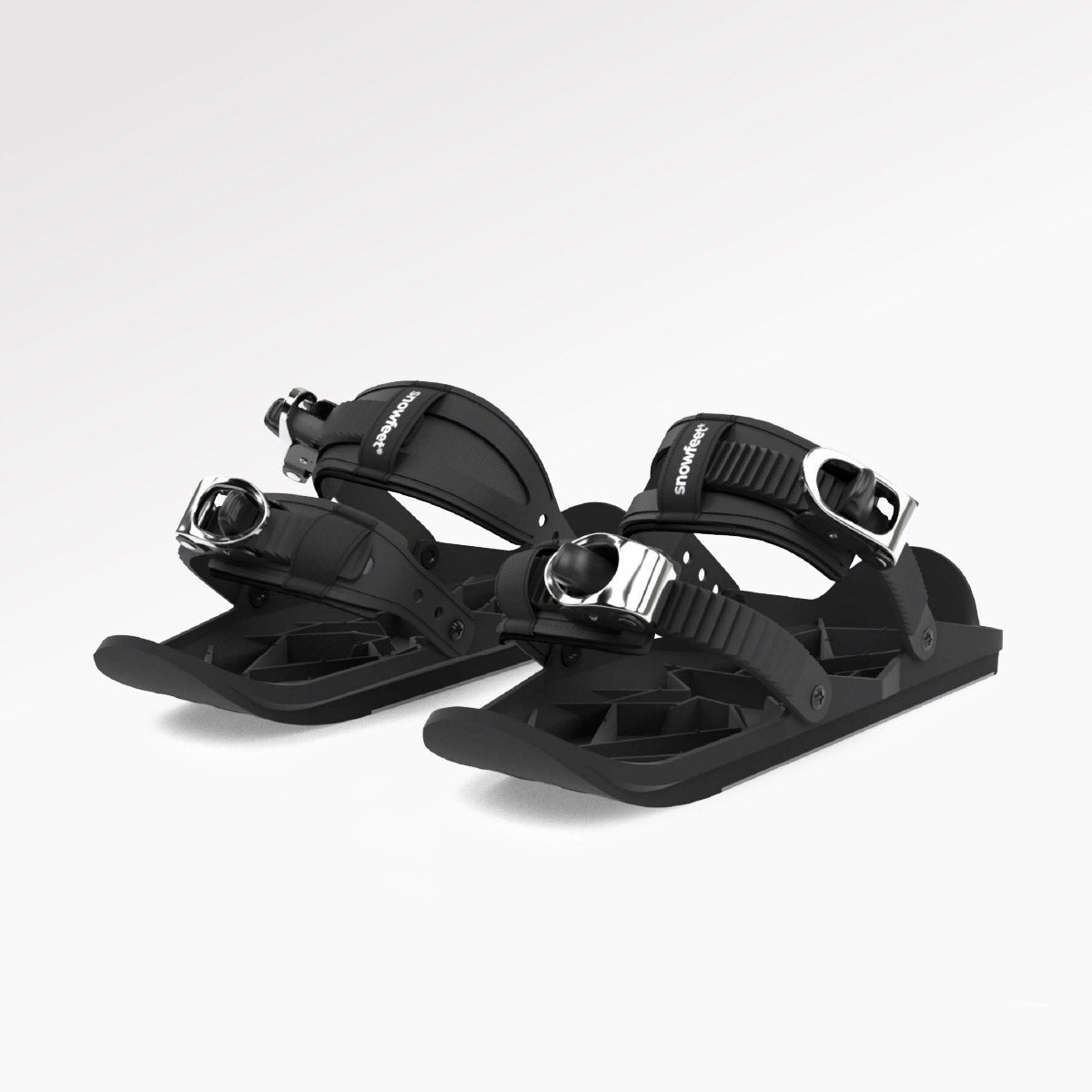
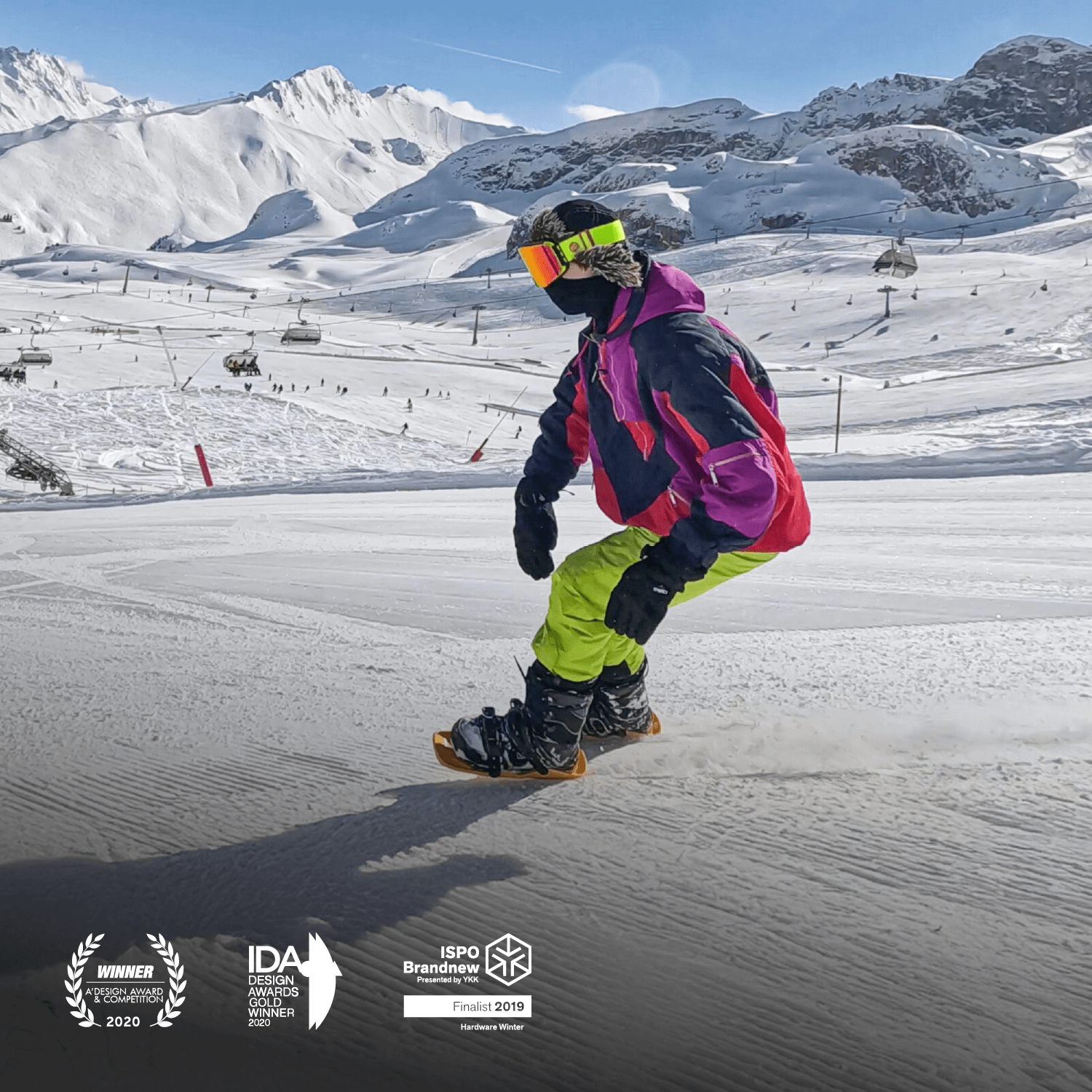
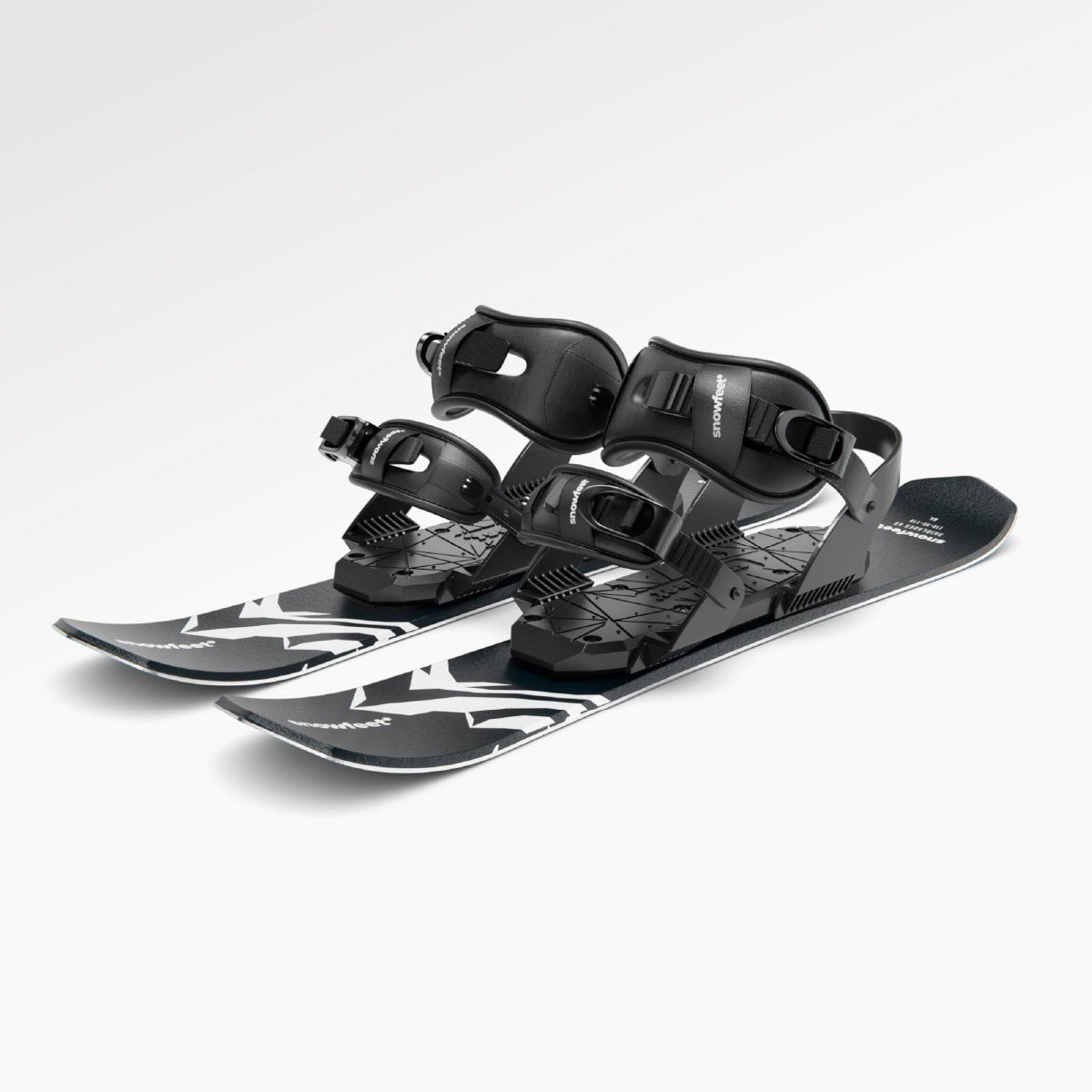

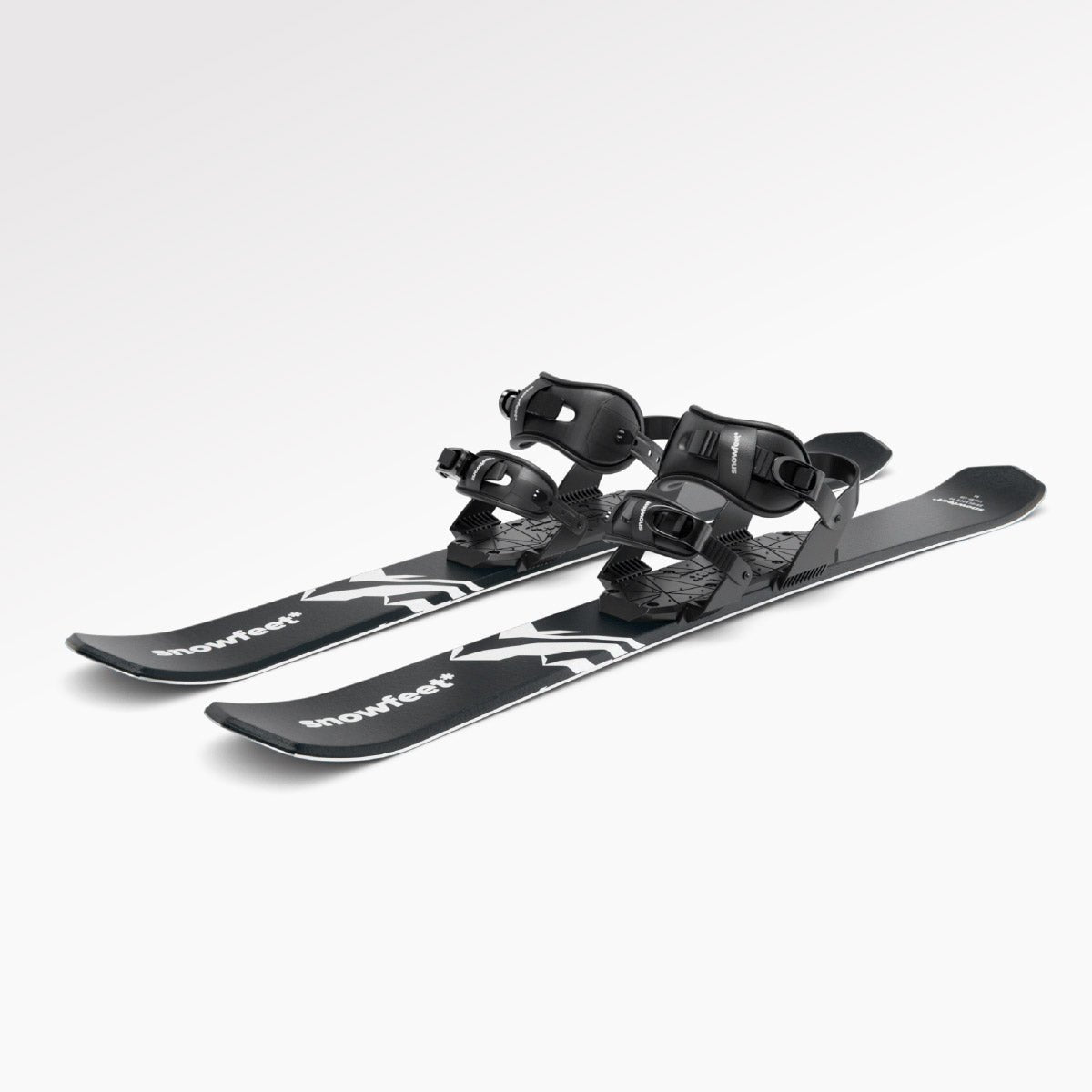

Leave a comment
This site is protected by hCaptcha and the hCaptcha Privacy Policy and Terms of Service apply.